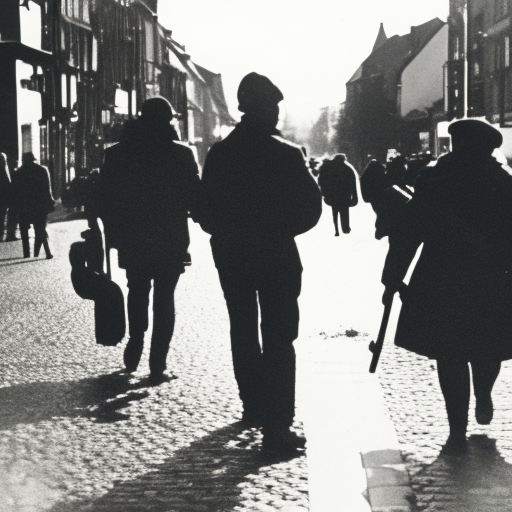Summary: Brabant Revolution
The Brabant Revolution was a widespread uprising that took place in the Austrian Netherlands (modern-day Belgium) between 1789 and 1790. It was triggered by the ideas of the French Revolution and the discontent of the local population with the rule of the Habsburg monarchy. The revolution led to the establishment of the short-lived United Belgian States before being suppressed by Austrian forces.
Causes of the Brabant Revolution
The Brabant Revolution was primarily fueled by socio-economic grievances and the spread of Enlightenment ideas. The Austrian Netherlands, ruled by the Habsburg monarchy, faced significant economic challenges, including high taxes, a rigid feudal system, and a lack of representation for the middle class. These issues, coupled with the influence of the French Revolution, created a climate of discontent and revolutionary fervor.
Course of the Revolution
The revolution began in earnest in late 1789 when a group of intellectuals and middle-class citizens formed the “Patriot Party” and called for political and social reforms. Inspired by the French Revolution, they demanded the abolition of feudal privileges, the establishment of a constitutional monarchy, and the recognition of individual rights. The Patriots gained support from various segments of society, including urban workers and peasants.
As the revolution gained momentum, the Patriots established a provisional government and declared the independence of the United Belgian States in January 1790. However, their success was short-lived. The Austrian authorities, alarmed by the revolutionary activities, sought assistance from Prussia and other European powers to suppress the uprising.
Suppression of the Revolution
In December 1789, Prussian forces entered the Austrian Netherlands to support the Habsburg monarchy. The combined Austrian and Prussian armies launched a counteroffensive against the Patriots, leading to a series of military confrontations. Despite initial successes, the Patriots were ultimately defeated in September 1790 at the Battle of Fleurus.
The defeat marked the end of the Brabant Revolution. The Austrian authorities reestablished control over the region, and the United Belgian States ceased to exist. The revolutionaries faced reprisals, with many leaders being arrested or forced into exile. The Habsburg monarchy reimposed its authority and implemented limited reforms to address some of the grievances that had sparked the revolution.
Legacy of the Brabant Revolution
Although the Brabant Revolution was ultimately unsuccessful in achieving its goals, it had a significant impact on the political landscape of the Austrian Netherlands. The revolution highlighted the desire for political change and the aspirations of the middle class for greater representation and individual rights. It also contributed to the growing nationalist sentiment in the region, laying the groundwork for future struggles for independence.
The ideas and ideals of the Brabant Revolution continued to inspire subsequent generations of Belgian revolutionaries, culminating in the Belgian Revolution of 1830, which led to the establishment of an independent Belgium. The revolution also played a role in the broader context of the French Revolutionary Wars, as it demonstrated the spread of revolutionary ideas beyond the borders of France.
In conclusion, the Brabant Revolution was a significant uprising in the Austrian Netherlands during the late 18th century. Fueled by socio-economic grievances and the influence of the French Revolution, the revolutionaries sought political and social reforms. Although ultimately suppressed by Austrian and Prussian forces, the revolution left a lasting impact on the region’s political consciousness and contributed to the eventual establishment of an independent Belgium.












